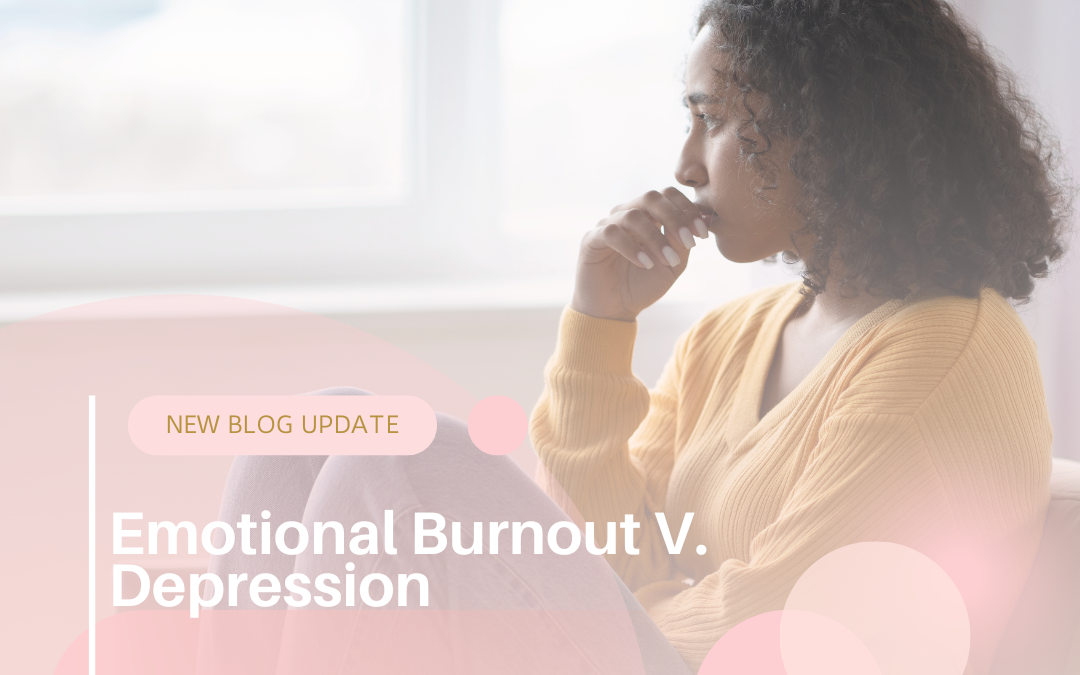In today’s fast-paced world, distinguishing between emotional burnout and depression is crucial for proper recovery. While both share symptoms, they require different approaches.
What is Emotional Burnout?
Burnout results from prolonged stress, often linked to work or personal obligations. Symptoms include:
-
Exhaustion – Chronic fatigue and low energy.
-
Detachment – Emotional distance from responsibilities.
-
Irritability – Increased frustration and sensitivity to stress.
-
Reduced Performance – Lack of motivation and focus.
What is Depression?
Depression is a clinical disorder characterized by persistent sadness and loss of interest in daily activities. Symptoms include:
-
Chronic Fatigue – Extreme tiredness, even with rest.
-
Loss of Interest – No joy in previously enjoyed activities.
-
Hopelessness – Persistent feelings of despair and low self-worth.
-
Suicidal Thoughts – Preoccupation with death (seek immediate help if experiencing this).
Key Differences
-
Burnout is stress-related, while depression is a clinical condition that may not resolve with rest alone.
-
Burnout causes frustration and detachment, whereas depression involves deep sadness and self-criticism.
-
Burnout improves with lifestyle changes, while depression often requires professional treatment.
Recovery Strategies
Overcoming Burnout:
-
Prioritize Rest & Self-Care – Take breaks and engage in relaxing activities.
-
Set Boundaries – Limit work stress and personal obligations.
-
Seek Support – Connect with friends, family, or a therapist.
Managing Depression:
-
Seek Professional Help – Therapy and medication may be needed.
-
Maintain a Routine – Structure daily activities for stability.
-
Engage in Physical Activity – Exercise can boost mood and energy levels.
When to Seek Help
If symptoms persist, impact daily life, or include suicidal thoughts, consult a mental health professional. Burnout and depression both affect well-being, but recognizing the difference helps in finding the right path to recovery.


Recent Comments